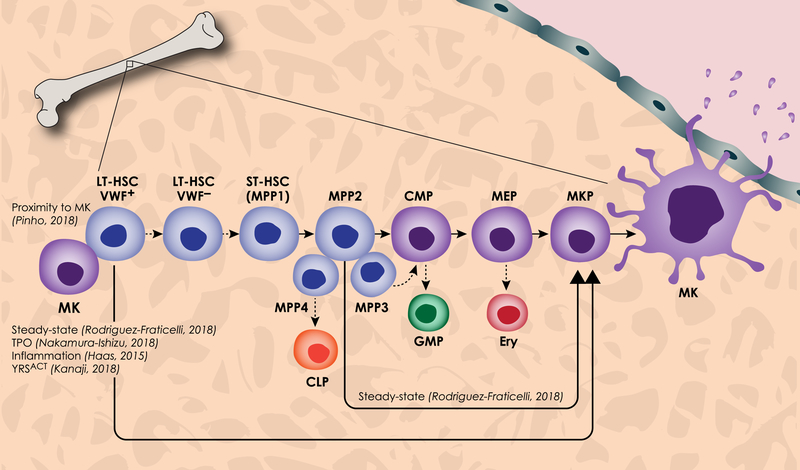Figure 1. Canonical and new models of hematopoiesis and megakaryopoiesis.
Canonical megakaryopoiesis involves differentiation through the long term HSC (LT-HSC), short term HSC (ST-HSC) or MPP1, multipotent progenitor (primarily MPP2), common myeloid progenitor (CMP), megakaryocyte erythroid progenitor (MEP), and megakaryocyte progenitor (MKP). The megakaryocyte (MK) then undergoes a maturation process involving an increase in size, increase in DNA content, and extension of proplatelets through sinusoids in the blood vessel into circulation. Also in this canonical hematopoiesis pathway, deemphasized with dashed arrows, VWF+ LT-HSCs differentiate directly into VWF− LT-HSCs which give rise to all MPPs. MPP4 primarily differentiates into the common lymphoid progenitor (CLP), MPP3 to the granulocyte macrophage progenitor (GMP), MPP2 to the MEP and erythroblast (Ery). The megakaryocyte-biased pathway is highlighted here, including new findings which propose that VWF+ LT-HSCs are principally biased towards the megakaryocyte lineage through the MPP2 and the MEP. Furthermore, VWF+ LT-HSC and MPP2 populations differentiate directly to MKs, bypassing intermediate progenitors, a phenomenon seen during steady-state, TPO induction, inflammation, and expression of YRSACT. Additionally, VWF+ LT-HSCs reside in close proximity to, and are influenced by, megakaryocytes in the bone marrow.

